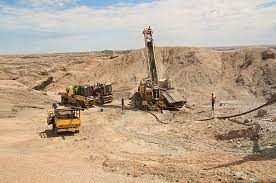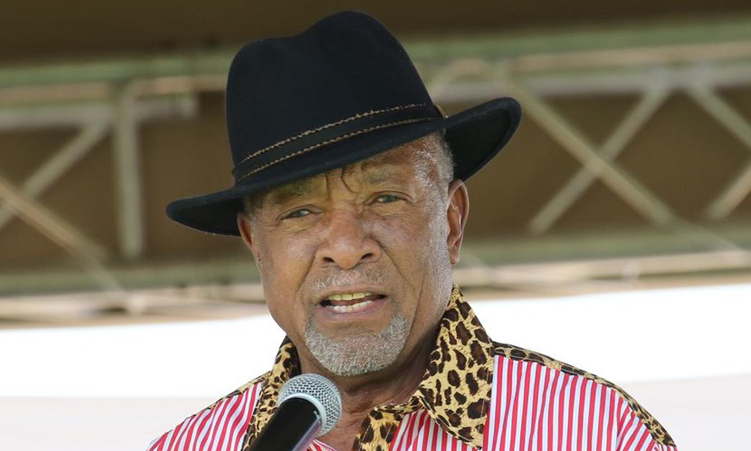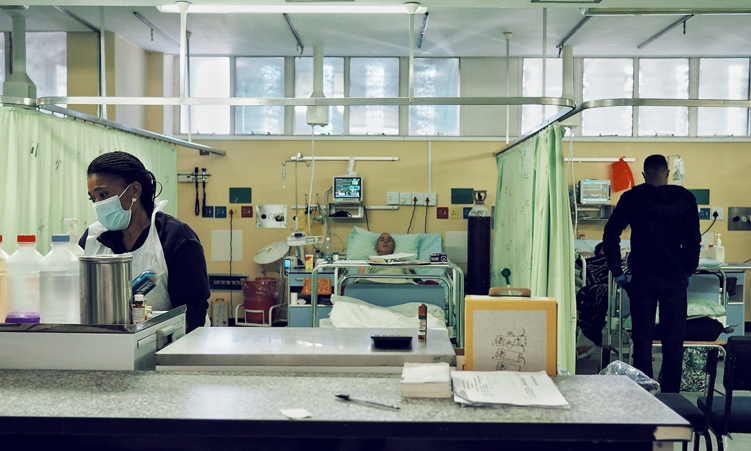The community leaders of Aminuis went to Dalur JSC, a Russian uranium company, to learn about uranium mining.
The tour that took place on 18 September was aimed at familiarising the leaders with the in-situ leaching method and the safest uranium mining method.
Dalur JSC is one of the pioneering domestic uranium mining companies to digitise every stage of uranium extraction.
From investment planning and field development to decommissioning, the company employs digital technologies for efficient management.
Denis Ezhurov, the company’s general director, said digital management tools significantly enhance production efficiency, reduce costs and elevate environmental safety, making Dalur a new-generation environmentally responsible uranium mining company.
“We provided our foreign partners with a comprehensive tour of our entire production chain, covering the mining site, local sorption plant and the main process building where we manufacture finished products, ensuring they could verify the method’s safety for both nature and humans,” said Ezhurov.
Gustav Cauto, a local leader of the Ovaharero community, said the tour cleared up the misinformation about the uranium recovery project.
“We came here to learn more about the in-situ leaching method of uranium recovery and dispel any doubts or misinformation about the project’s safety.
We were impressed by the proximity of the recovery polygon to farmers’ fields, which doesn’t impact crops or animals.
Our questions were answered and we are fully convinced of the project’s safety.”
Dalur JSC is a subsidiary of ARMZ, the uranium mining division of state nuclear corporation Rosatom.
Rosatom plans to construct a uranium mining facility in Namibia in the near future, while Uranium One, an international group of companies under the Rosatom umbrella, is involved in a mining and exploration project in Namibia.
Uranium mining plays a crucial role in Namibia’s economy, as the country possesses up to 8% of the world’s uranium reserves, designated as strategically important by the Namibian government.
Last month, the Stampriet Aquifer Uranium Mining Association (Sauma), an organisation of commercial farmers and lodge owners, strongly opposed to the in-situ leaching mining of uranium in the Stampriet basin, says it is not convinced on the safety of the process despite being taken on a fact-finding tour to Russia.
The Sauma representatives claim they did not get a chance to see what happens underground at the Dalur Mine (a Kurgan Enterprise) in Russia.
“The majority of questions by the representatives during the visit were answered evasively, superficially or not at all, with no indication of a guarantee that groundwater is not impacted negatively,” it said in a statement.
The group is opposed to the proposed extraction of uranium in the Stampriet basin.
According to the Uranium Association of Namibia, Namibia has two major operational mines located in the Erongo region and several exploration projects on the horizon, poised to transition into production in the coming years.
In 2020, Namibia emerged as the second-largest global uranium producer, contributing 11% to the worldwide uranium supply, with only Kazakhstan surpassing its production levels.
Currently, uranium is one of the five mineral resources that were declared strategic by the Namibian government in 2011 and no new exploration licences may be granted without the involvement of the state-owned mineral exploration company, Epangelo Mining.
– Email: shania@namibian.com.na
Stay informed with The Namibian – your source for credible journalism. Get in-depth reporting and opinions for
only N$85 a month. Invest in journalism, invest in democracy –
Subscribe Now!






